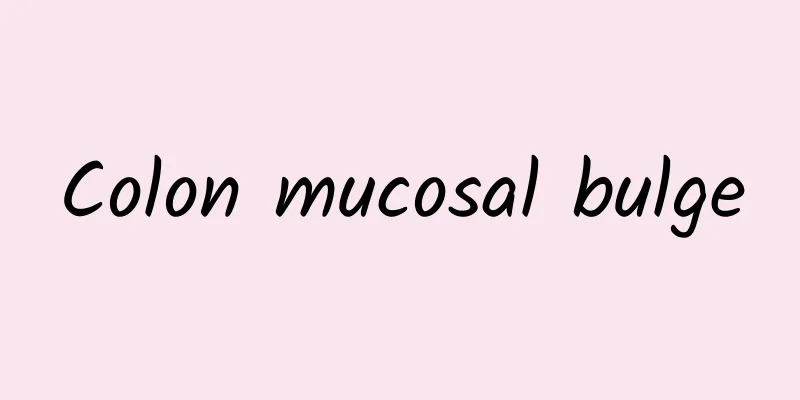Why can't I urinate?

|
Many unexpected problems may occur to women after giving birth. Especially for women who have undergone caesarean section, since it is not a natural birth, they may have problems with urination. A catheter is often needed for urination, and some mothers may have the problem of being unable to urinate. That is to say, the longer the catheter is inserted, the more serious this problem will be. But What is the reason for not being able to urinate? When there is urine in the bladder but it cannot be discharged on its own 6 to 8 hours after delivery, it is called postpartum urinary retention. It is one of the common complications of obstetrics, often affecting uterine contraction, leading to increased vaginal bleeding, increasing pain for the mother, and is also an important factor causing postpartum urinary tract infection: 1. Causes of disease: 1. The mother is not used to urinating in bed, which leads to urine retention; 2. The labor process is long, and the bladder and urethra are compressed for too long, resulting in congestion and edema of the bladder and urethra mucosa, low tension and urine retention; 3. The abdominal wall relaxes after long-term expansion during pregnancy, abdominal pressure decreases, and urination becomes incapable; 4. Postpartum episiotomy or perineal tear causes vulvar trauma and pain, which disrupts the nerve function that controls the bladder, reflexively causing bladder sphincter spasm and postpartum urinary retention; 5. The patient is afraid of pain due to vulvar trauma and dares not urinate forcefully, resulting in urinary retention; 6. The use of large doses of antispasmodic sedatives before or during delivery, such as magnesium sulfate, scopolamine and other drugs used in pregnancy-induced hypertension, can reduce bladder tension and cause urinary retention. 2. Nursing measures 1. Listen to the sound of running water Use conditioned reflex to relieve urination inhibition, make the patient feel the urge to urinate, and promote urination. 2. Hot compress Place a hot towel or hot water bottle on the bladder area in the patient's lower abdomen to use the heat to contract the relaxed abdominal muscles, increase abdominal pressure and promote urination 3. Massage Place your hands on the bulging bladder in the patient's lower abdomen and gently massage left and right for 10 to 20 times. Then use your palms to push down from the bottom of the patient's bladder to reduce the residual urine in the bladder. 3. Acupuncture treatment Acupoints can be selected on the abdomen and limbs, such as Zhongji, Guanyuan, Qihai, Sanyinjiao, etc., and electroacupuncture can be used. The needles can be left in for 20-30 minutes. Generally, urination can be achieved after 1-2 treatments. |
<<: How to remove urine smell in the house
>>: How to hold urine quickly for color Doppler ultrasound
Recommend
Dandelions are more effective than hospitals! Nature's magic medicine to heal humans!
Dandelions can give your life a breath of fresh p...
What is the cause of dizziness and diarrhea? What disease is it?
Dizziness and diarrhea are common occurrences in ...
What are the symptoms of excessive body moisture?
Excessive moisture in the body can cause us to fe...
What to do if scalp hair follicles shrink?
When it comes to scalp hair follicle atrophy, per...
The efficacy of realgar and its harm to human body
In clinical practice, people often use traditiona...
There are movable pimples under the eyes
There should not be any foreign matter in the eye...
What are the effects and functions of honey loquat leaves
There are many names for honey loquat leaves, suc...
How many times of hydrotubation is appropriate for the symptoms of fallopian tube obstruction?
Fallopian tube obstruction is a common clinical d...
Always feel the urge to urinate after sex
After men and women have sex, some people will fe...
What to do if your penis is strained
People may suffer physical injuries due to some f...
The efficacy of Niu Gan fruit wine
Niugan fruit is also called post-amphiglucan frui...
What should I do if a blister forms after injecting insulin?
Insulin is an important method to control blood s...
Can gout patients eat tempeh?
In today's life, gout is already a very commo...
What are the advantages and disadvantages of home steaming?
As people's living standards continue to impr...
What causes ear sores?
Ear cut sore is also known as external ear eczema...









